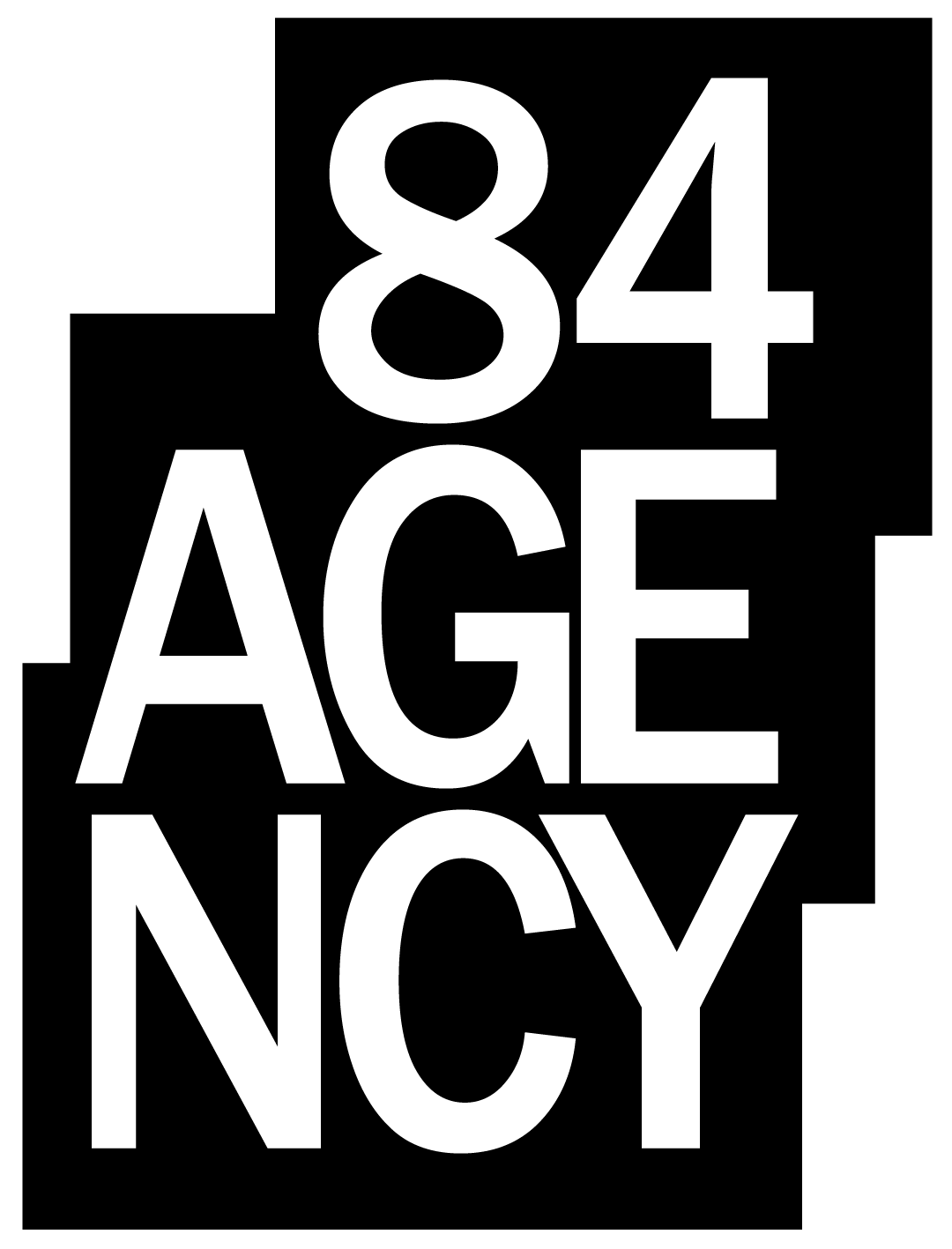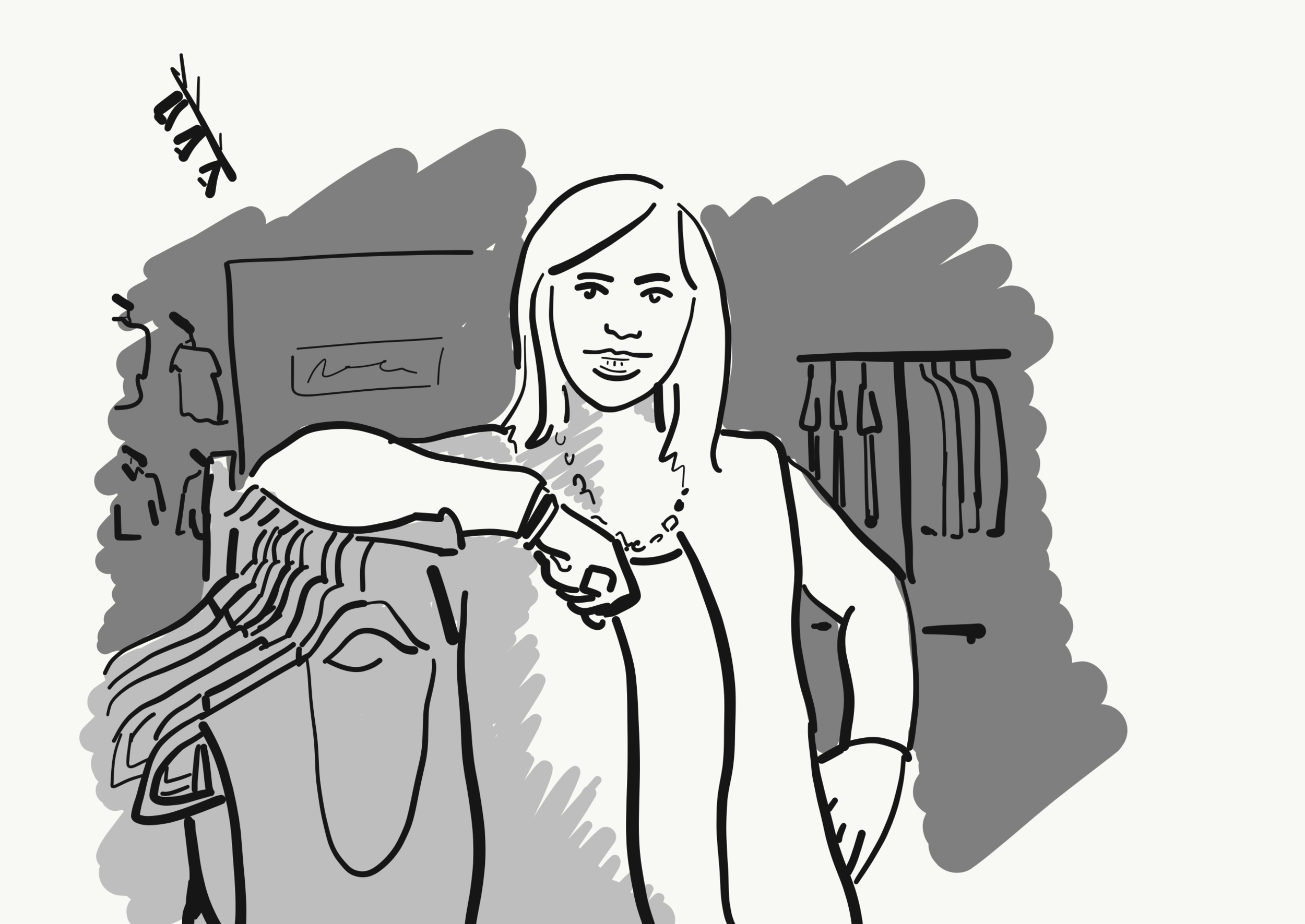
Erin’s Law Video Production
Background
Resulting from a coordinated effort by survivors of abuse and allies, West Virginia passed legislation in 2015 (“Erin’s Law”) requiring all of its public schools to implement a body safety education program for students in every grade. The law also required that every teacher and public school employee receive training that is focused on the prevention of child sexual abuse and on recognizing and responding to suspected abuse and neglect.
“Teachers play a crucial role in helping children who have been abused. For so many children, school is the only safe place for them. Teachers are their lifeline to break the silence and reclaim their voice. This is why it is so important for teachers to be trained on how to spot and report abuse.”
- Erin Merryn, survivor and activist behind Erin’s Law
The West Virginia Child Advocacy Network (WVCAN) and West Virginia Department of Education (WVDE) partnered with the creative team at 84 Agency to develop a four-hour series of foundational training videos and create materials to be distributed in every public school in the state to equip public school personnel with these essential skills.
Research & Stakeholders
84 Agency began this project by researching effective content areas as informed by project stakeholders. In addition to WVDE and WVCAN, the following entities were key stakeholders in this project:
Adult survivors of child abuse
WV Association of Elementary and Middle School Principals
WV Supreme Court of Appeals
WV Department of Health and Human Resources
WV Center for Professional Development
WV Center for Children’s Justice
WV Chapter of the National Association of Social Workers
WV Foundation for Rape Information and Services
WV State Police
Prevent Child Abuse-WV
Prosecuting Attorney’s Institute
WV Board of Education
WV Coalition Against Domestic Violence
These 15+ stakeholder entities served as content experts and provided guidance in the development of outlines for the core requirements for each training module. Based on these outlines and feedback from stakeholders, 84 Agency developed creative approaches to content presentation. Having the unique perspectives of this diverse group of stakeholders helped ensure content was evidence-supported, accurate, and accessible to the various key audiences targeted.
Curriculum Development & Creative Approach
84 Agency’s research revealed that previous school personnel training videos typically consisted of talking heads or slideshow presentations. While these approaches did result in media products that feature quality information, reports from school personnel indicated that these formats were not engaging and resulted in reduced learning comprehension.
In addition, child abuse is a challenging topic to communicate to large audiences given the stigma associated with child sexual assault as well as the fact that the prevalance of abuse indicates audience members may be survivors themselves. 84 Agency has extensive experience working on sensitive issues that cause polarization or carry stigma - ranging from direct services to homeless populations and from criminal justice reform to the opioid epidemic, 84 Agency’s creative team employs its Open Ground Methodology to create inclusive and compassionate communications.
While the legislation mandated that a delineated list of key content areas be covered in the training modules and stakeholder groups that developed the outlines ensured that the content included evidence-supported, factually-based learning points, the school personnel child abuse prevention training videos also required a thoughtful creative approach that showed consideration and respect for survivors’ experiences, was person-first and trauma-sensitive, and respected the dignity of audiences and of the subjects portrayed in the materials.
Working from the required curriculum outlines and the code specified by the legislation, 84 Agency developed creative concepts for three video modules, each with its own focus and framework, that would have a combined run-time of 4 hours as required by Erin’s Law. To increase learning comprehension, audiences must be convinced to care and their attention must be held. Based on the research and the investigation of the content, 84 Agency proposed a more creative approach to WVDE and WVCAN for approval and feedback before moving into pre-production planning.
WVDE and WVCAN supported these creative approaches to the video trainings and 84 Agency proceeded with the production of storyboards for each of the modules. Presentation of the storyboards to WVDE and WVCAN was an opportunity to work collectively and identify real world individuals who would participate on camera, suggestions came from both WVDE and WVCAN as well as from the larger group of stakeholders. 84 Agency planned pre-production by coordinating all participating individuals, securing locations, developing shooting schedules, identifying voice over, b-roll, and music licensing, as well as expanding creative production capacity by contracting with Emmy-winning and Academy Award-nominated filmmaker Curren Sheldon who served as Director of Photography, and poet, advocate, and survivor Crystal Good, who acted as host for two of the three videos.
The creative approach 84 Agency thought would be best for Module 1 was a well-designed roundtable discussion between child abuse prevention experts and high profile school personnel with real-world experience in schools. A roundtable model facilitated more visual interest, opportunities for depth of discussion and diversity of experience, and held the viewer’s attention. In addition, individual interviews with roundtable participants were used for deeper explanation of key concepts. The round table discussion was hosted by a survivor of child sexual assault who was able to communicated the point-of-view of survivors and how elements of the law would make a positive, preventative impact. To increase audience comprehension, the round table discussion was broken up by three mini-documentaries featuring individuals who survived abuse themselves or had abuse occur in their families to frame and emphasize important concepts.
84 Agency believed the best creative format for Module 2 was to create an investigative documentary surveying the complex child protection system in West Virginia. In mandated reporting trainings, one of the primary concerns school personnel share is that their child abuse reports do not result in any action. There are often legal barriers in place that preclude Child Protective Services or Law Enforcement Officers from sharing details about an investigation with school personnel. An adult survivor of child sexual abuse served as a curious guide through a discovery process of what happens following a child’s disclosure of abuse. To keep audiences engaged, increase visibility into the system after a report of child abuse, and stop the decline in trust in the effectiveness of the system itself, 84 Agency proposed this creative documentary approach based on the success of reality television travelog-style shows that, within this project, would provide a behind-the-scenes view into the real individuals who carry out the work of the child protection system.
Module 3 applied audio storytelling techniques that are widely employed in popular public radio podcasts and storytelling shows such as WNYC’s Radiolab. 84 Agency found that these techniques have been shown to successfully communicate sensitive and challenging content to audiences and encourage deeper connection to information. Using a small roundtable discussion format, three experts reacted to the audio storytelling content, which consisted of individuals discussing their experience with boundary violations in a school setting. The small roundtable discussion featured law enforcement personnel as well as a school principal and was hosted by a child abuse prevention expert. Their shared reactions combined with the audio stories provided audiences a deeper context for the new regulations and repercussions and served as a commentary on recognizing the signs of abuse and changing culture to prevent abuse.
During production of the roundtable discussions, 84 Agency invited members of WVDE and WVCAN to have representatives present on location in order to ensure accuracy of content especially in regards to the language of Erin’s Law. This oversight reduced the need for reshoots due to the fact that when individuals on camera were unclear or incorrect when referencing the law, the creative production team was able to respond immediately with a correction in a retake.
84 Agency moved into post-production by executing video and audio editing in-house as well as designing graphics that aligned with the branding of the in-school materials so as to create continuity between the videos and the printed materials. During post-production, WVCAN and WVDE were provided the opportunity to review rough drafts of the modules so that 84 Agency could implement any feedback or modifications as they arose. And because the modules featured stories of survivors, 84 Agency involved survivors in the revision process so that each of them had control over the telling of their stories. After reviewing their mini-documentaries, many of the survivors communicated that while telling their story to a larger audience was challenging, but ultimately healing and many have been told by school personnel in their communities that their stories were moving, memorable, and made a big impact.
Dissemination
Once finalized, the video trainings were made available digitally to WVDE and WVCAN, as well as the mini-documentaries of the survivor stories were made available individually for the Child Advocacy Network to use for community building and fundraising within the network of Child Advocacy Centers. WVDE released the videos over their statewide platform, and each module was viewed by every employee in West Virginia’s public school system.
Ensuring the accessibility of the training modules was a high priority of WVDE and WVCAN. Therefore, the videos were uploaded to the WVDE YouTube channel, and each teacher, administrator, or school personnel member could access it via their Microsoft Teams account. Accessing it in this way also ensured school personnel could receive credit for watching the legally mandated training.
However, in addition to accessibility, all stakeholders agreed that sparking internal conversations within individual schools would have the highest impact and agreed that the trainings should be delivered in a group setting if possible. Therefore, using the video framing and format, WVDE developed discussion guides to accompany each module that could be used by school administrators when delivering this training content to their school community. Also, members of the task force of stakeholders had a secondary goal of making the training accessible to youth-serving organizations. For this goal, members of the task force became dissemination partners. Many partners posted the videos to their websites and promoted the training series inside their networks (e.g. after-school programs, mentoring programs, etc.). In total, based on data collected by WVDE, the online training videos have 23,919 views, and WVDE certified that 100% of public schools participated in the training series.
As a concurrent portion of the project, 84 Agency worked with partners to create child abuse prevention print materials to align with the design of the training modules that would stand out within school settings. For these materials, the primary dissemination partners were the 21 centers affiliated with WVCAN. 84 Agency worked with WVCAN to ensure distribution through these centers across the state. Each center had relationships with the school systems in its local community, and many played a role of providing body safety education in classrooms prior to this law passing. Therefore, these centers directly provided body safety posters, mirror clings, and information to the school systems. This community-based collaboration ensured broad distribution of the materials. In addition, having a community expert deliver the materials also helped enhance relationships between school personnel and knowledge brokers on this subject. In total, the following amounts represent the amounts of materials that were distributed to schools via a warm hand-off:
12,500 teacher fact sheets
2,750 body safety posters for elementary schools
2,000 mirror clings for middle schools
3,500 child abuse reporting magnets
2,750 of these 11” x 17” posters were distributed to elementary schools statewide to be displayed in student areas.
12,500 of these 8.5” x 11” fact sheets were distributed to teachers statewide.
2,000 of these 6” x 9” mirror clings were distributed to middle schools statewide and installed in student bathrooms.
3,500 of these 3.5” x 2” magnets were distributed to teachers statewide.
Impact
The training series was recognized by the Telly Awards, an international awards program that honors excellence in video and television.
The modules have been viewed by thousands of public school employees across the state of West Virginia. By providing these key adults with a clearer understanding of the protocols for preventing and responding to child sexual abuse, the videos are now a integral component of efforts to diminish the incidence of abuse, to effectively protect and support children experiencing abuse, and to further the healthy development of children statewide
As noted above, the training series was delivered to all schools in West Virginia, and WVDE reported that 100% of counties complied with the training requirement by the end of the school year.
“This training is the best I have received as a teacher in the WV school system. Hearing firsthand accounts from survivors and the real stories of the people in the CPS made the content so meaningful to me. It has given me more tools to support children in my classroom who have experienced abuse.”
- WV Public School Teacher
The training series was recognized as a 2020 Telly Award recipient in the Employee Communications category. Receiving over 12,000 entries from all 50 states and 5 continents, Telly Award winners represent work from some of the most respected advertising agencies, television stations, production companies and publishers from around the world.
In addition, the survivor mini-documentaries featured in Module 1 were included as a selection in the West Virginia Film Festival and was selected as the winner in the Documentary Short category.






















